10 American Inventions Not Invented in America
The U.S. is celebrated for innovation, but many iconic "American" inventions — from the telephone to the hamburger — originated elsewhere and were later perfected or popularized in America.
America is often seen as a land of innovation, where individuals with enough ingenuity and effort can build fortunes through entrepreneurship. Over its 250-year history, the United States has produced many transformative inventions and technologies. The mystique of American ingenuity and exceptionalism has led many to believe that the U.S. is the birthplace of many of the modern world's wonders.
Except America isn’t the birthplace of many well-known and widely accepted products and technologies thought of as uniquely American.
In some cases, these advancements and creations were perfected or popularized by the United States, but their origins are distinctly from outside the country.
Here are 10 American inventions that are not American.
10. Telephone
Every American student learns the story of Alexander Graham Bell, toiling in his Boston flat in 1876, inventing the telephone and making the first call to his associate in the next room: “Watson, come here. I need you.” Bell is credited with patenting the first telephone in the United States, but Italian inventor Antonio Meucci had developed a voice communication device as early as 1854 — more than two decades earlier. In 2002, the U.S. House of Representatives passed a resolution formally recognizing Meucci’s contributions to the development of the telephone, although Bell’s patent and legal claim remain intact.
9. Light Bulb
Thomas Edison was a prolific inventor, entrepreneur, and ruthless businessman. Americans are taught that Edison invented the lightbulb, banishing darkness and ending reliance on candles and whale oil. However, Edison was not the first to experiment with incandescent lighting. In 1802, Englishman Humphry Davy demonstrated the first form of electric light, and in the following decades, inventors such as Warren de la Rue and Joseph Swan developed early versions of incandescent lamps before Edison’s more commercially viable design emerged in 1879.
8. Automobile
Henry Ford was a serial failure at entrepreneurship before striking gold with the creation of the Model A in 1903, Ford Motor Company’s first production car. He later introduced the Model T in 1908, the first mass-produced automobile that made car ownership accessible to everyday Americans. Ford revolutionized manufacturing by implementing the moving assembly line in 1913, dramatically lowering production costs. However, Ford is often mistakenly credited with inventing the automobile powered by an internal combustion engine. That distinction belongs to Karl Benz, who built the first true automobile in Mannheim, Germany, in 1885.
7. Television
Television is often regarded as a uniquely American invention. It became a staple of American life in the 1950s and 1960s, beaming shows like I Love Lucy and The Dick Van Dyke Show into living rooms across the country. Every night, journalists like Walter Cronkite delivered the news and broadcast images of events from around the world. While the United States rapidly embraced television, it did not invent it. German inventor Paul Nipkow developed an early mechanical scanning system in 1884, Scottish engineer John Logie Baird demonstrated the first working television in 1926, and American inventor Philo Farnsworth created the first fully electronic television system in 1927.
6. Powered Flight
Since the times of ancient Greece, people have dreamed of emulating birds and soaring through the sky. Americans are taught that the first humans to achieve powered flight were bicycle repairmen turned inventors, Orville and Wilbur Wright. In 1903, the brothers took to the sky at Kitty Hawk, North Carolina, in what is often credited as the first controlled, powered flight. However, they were not truly the first to unlock the mysteries of flight. English engineer Sir George Cayley laid the foundation for modern aeronautics in the early 1800s by identifying the four fundamental forces of flight — lift, thrust, drag, and weight — and building the first successful manned glider in 1853. Without Cayley’s pioneering work, the Wright brothers and their successors would not have had the scientific principles needed to take to the air.
5. Computer
Computer technology is synonymous with the United States. From the days of the UNIVAC — a computer that filled an entire room — America has been where semiconductors grew smaller and computers became more powerful. However, the U.S. was not the first to invent what we would consider the modern computer. That credit goes to British pioneers Charles Babbage and Alan Turing. Babbage conceptualized the first mechanical computer, the Analytical Engine, in the 1830s. At the same time, Turing helped design and build the first working electronic computers during World War II, notably contributing to the development of the Colossus machine in 1943. Colossus was used to break the Nazi Enigma codes.
4. Radio
America was raised on radio. When the technology entered the market in the early twentieth century, it transformed American life. Families gathered around their sets each evening to listen to news reports, musical performances, serialized dramas, and educational programming. Radio became — and remains — a fundamental part of Americana, shaping popular culture and creating a shared national experience. However, Americans did not invent the radio. That credit goes to Italian inventor Guglielmo Marconi, who successfully transmitted wireless signals across long distances in the 1890s, building on the earlier work of Serbian-American engineer Nikola Tesla and other pioneers in electromagnetic theory and wireless communication.
3. Blue Jeans
Nothing is more American than blue jeans. After World War II, Europeans clamored for the opportunity to buy American jeans, seeing them as symbols of freedom, modernity, and rugged individualism. In the United States, jeans became the leisure wear of suburban families and the workwear of electrical linemen, highway crews, farmers, and cowboys. Over time, jeans were woven into the very fabric of American culture. However, blue jeans were not invented in America. Their origins trace back to Europe. The durable cotton fabric known as denim comes from France, specifically a sturdy material called serge de Nîmes, meaning “serge from Nîmes.” Additionally, durable working trousers made from strong cotton and wool blends were common in Italy as early as the 16th century. Levi Strauss, a German immigrant, and Jacob Davis, a tailor, popularized and patented the modern blue jean in 1873, using denim fabric reinforced with metal rivets to meet the demands of miners and laborers in the American West.
2. Chocolate Bars
Everyone loves a good old-fashioned American chocolate bar. Hershey made solid milk chocolate a popular snack in the United States and helped spread its appeal worldwide. In the early 20th century, Hershey bars symbolized American comfort and indulgence, even finding their way into soldiers’ rations during wartime. However, the chocolate bar itself is not an American invention. The first solid chocolate bars were developed in Britain by Joseph Fry, who in 1847 discovered how to mix cocoa powder, sugar, and cocoa butter into a moldable paste that could be formed into bars. Shortly after, Swiss chocolatiers such as Daniel Peter, who invented milk chocolate in 1875 by combining chocolate with condensed milk, further refined the recipe, creating the smoother, sweeter flavors that became the foundation of modern chocolate bars.
1. Hamburgers and Hot Dogs
Few foods are as closely tied to American identity as hamburgers and hot dogs. They are staples of backyard barbecues, ballparks, diners, and fast-food restaurants, embodying the casual, on-the-go spirit of American life. However, neither the hamburger nor the hot dog was invented in the United States. The hamburger traces its roots to Germany, where minced beef patties known as "Hamburg steaks" were popular among sailors and immigrants in the 19th century. Similarly, hot dogs evolved from German sausages — frankfurters from Frankfurt and wieners from Vienna — brought to America by German immigrants. While Americans transformed these foods into cultural icons by serving them on buns with various toppings, their origins are distinctly European. The hamburger became a symbol of American culture only in the 20th century, with the rise of fast-food chains like McDonald’s.
While America is often credited with many of the world’s most recognizable inventions, history reveals a more complex story of global innovation. Many technologies and cultural icons celebrated as uniquely American are actually the result of contributions from inventors and pioneers around the world. The United States has excelled at refining, popularizing, and commercializing these ideas, embedding them into its national identity. In doing so, it has demonstrated that true innovation is not just about invention — it is also about adaptation, evolution, and global collaboration.






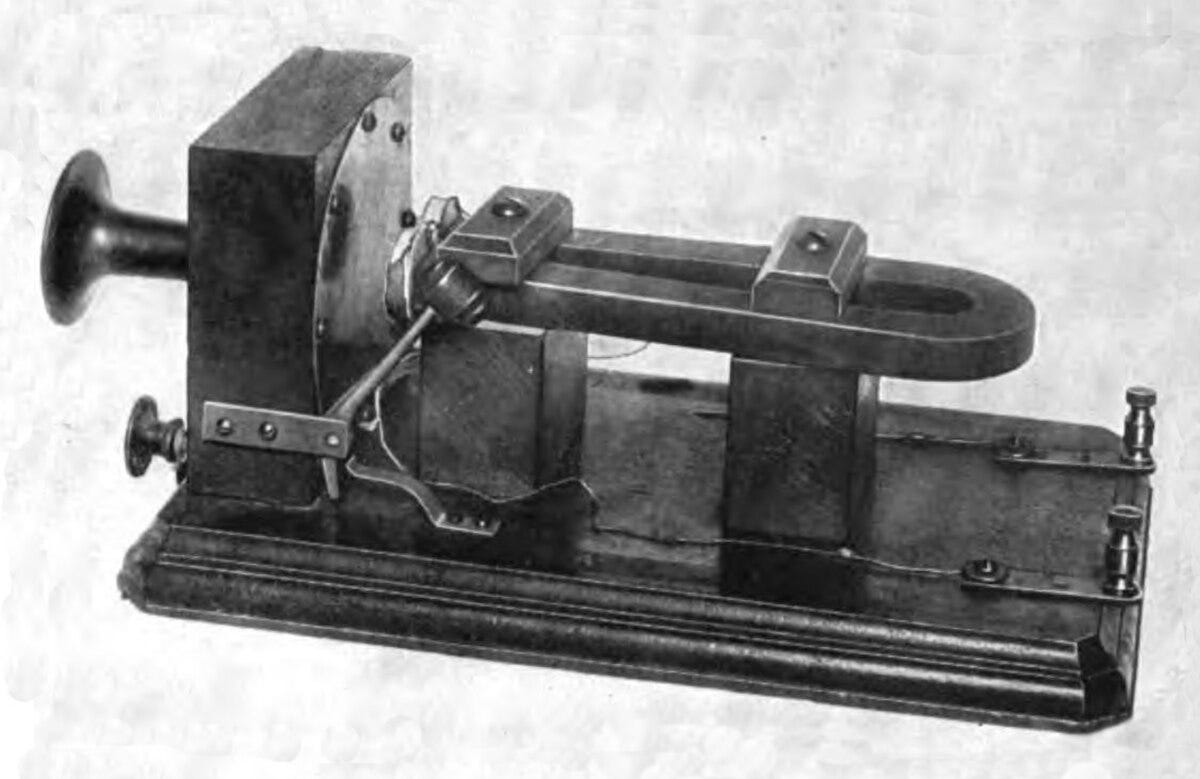
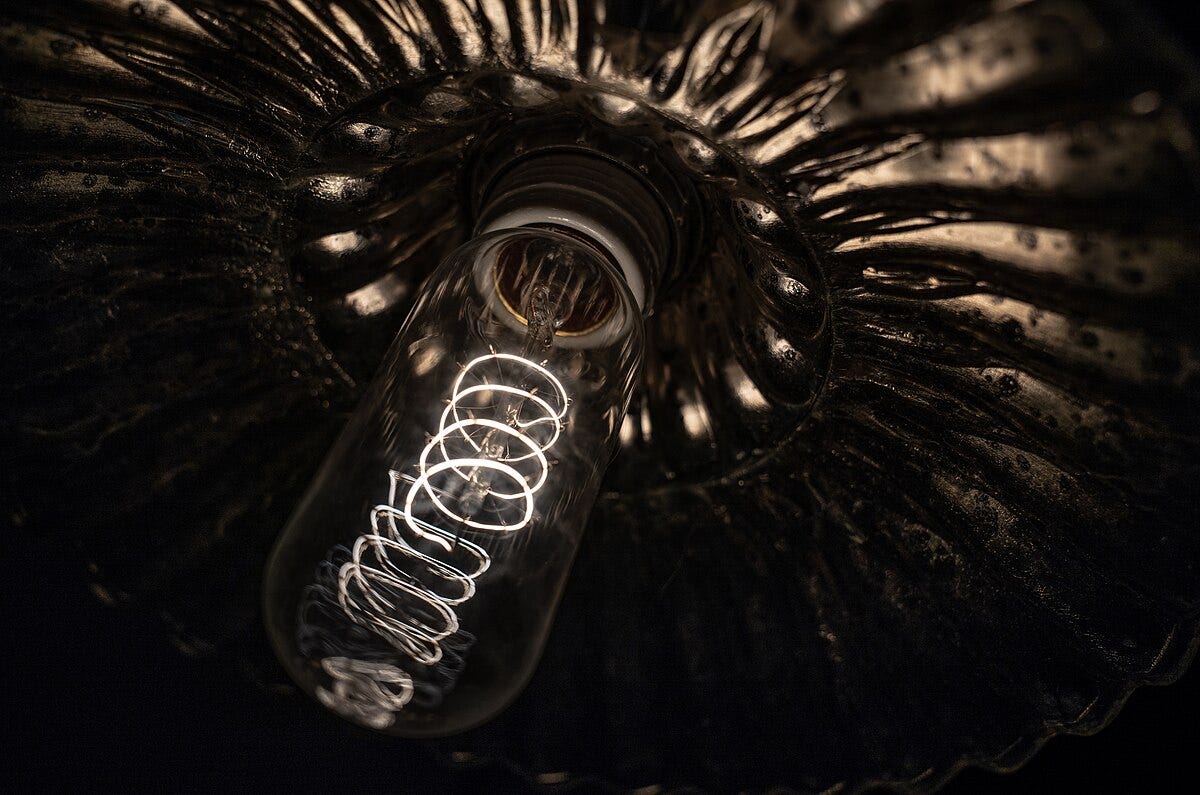
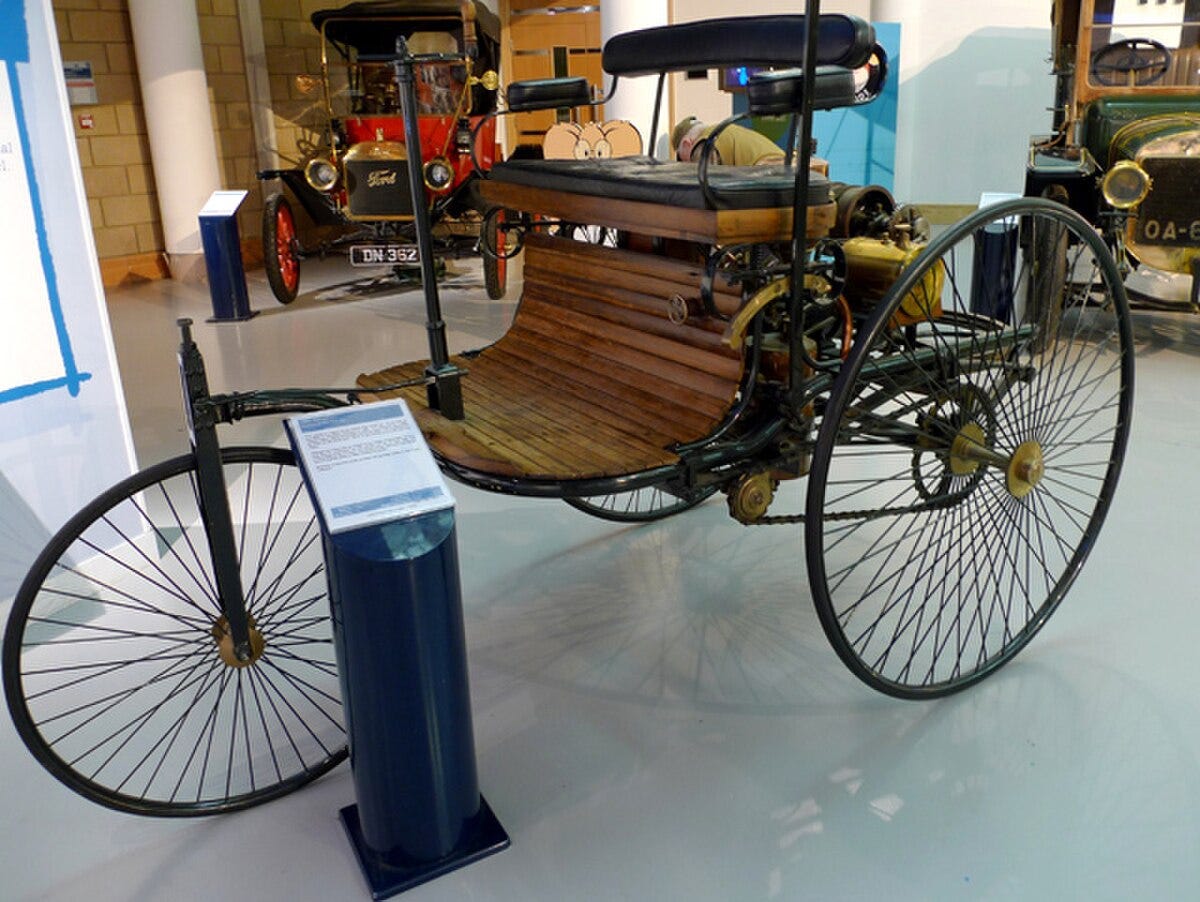


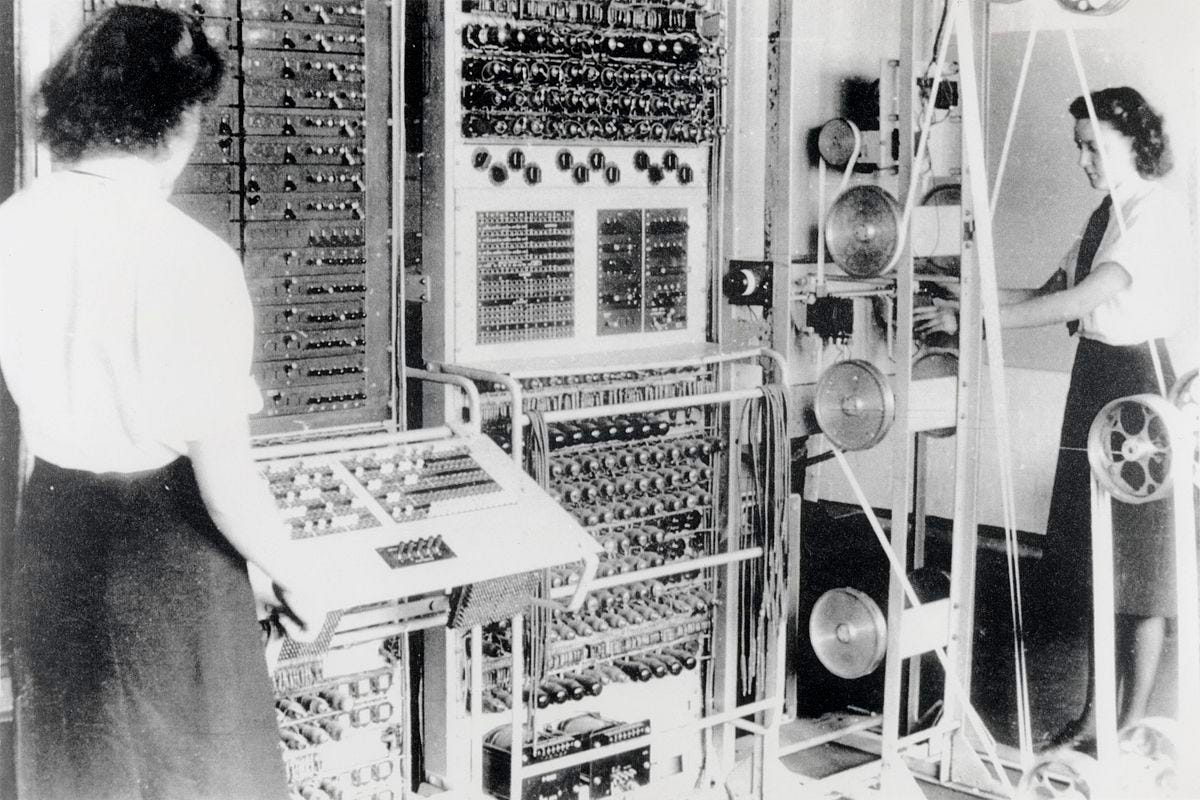
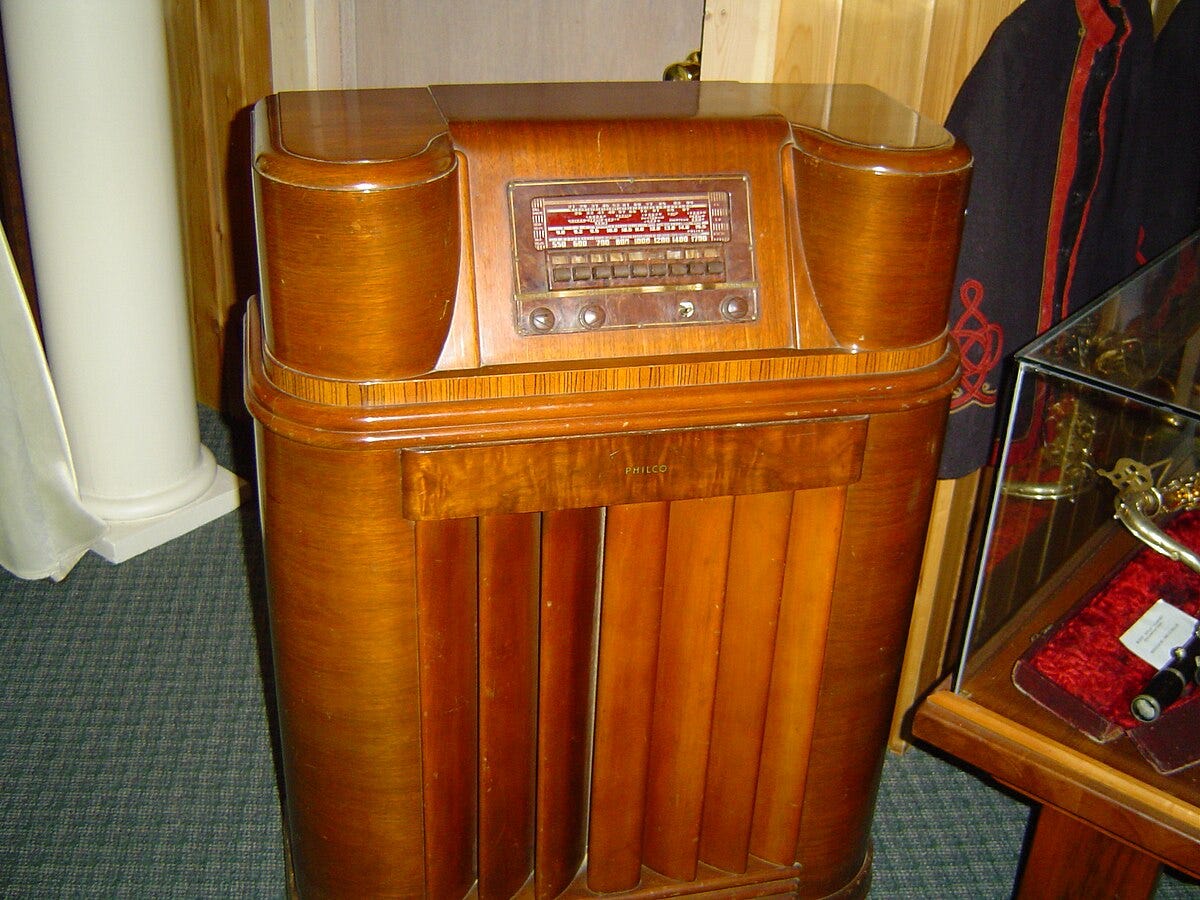



I like this piece a lot better than your anti-Trump pieces. :)